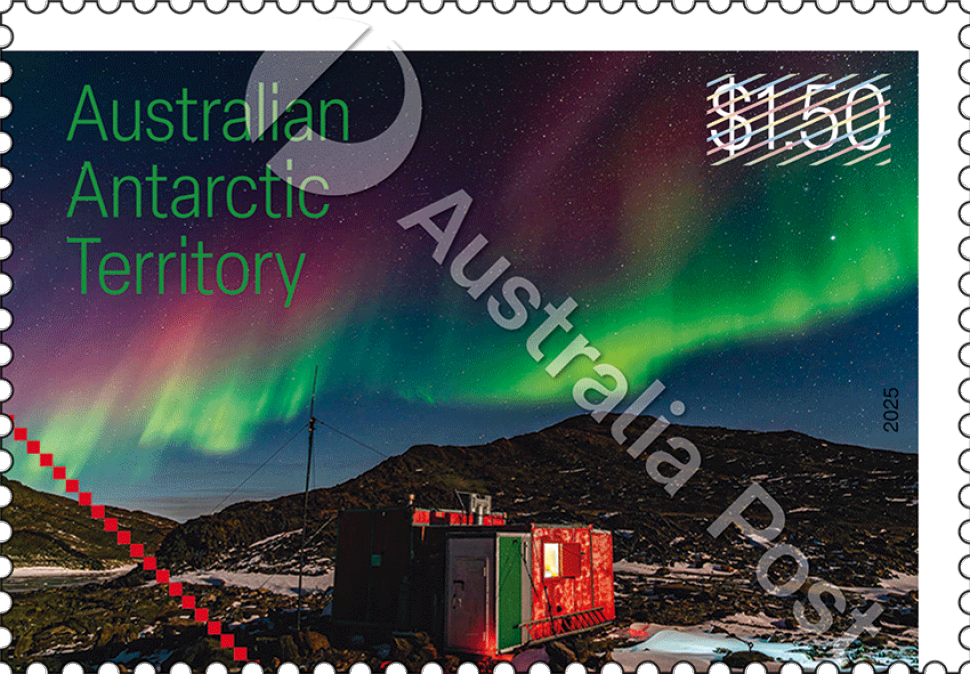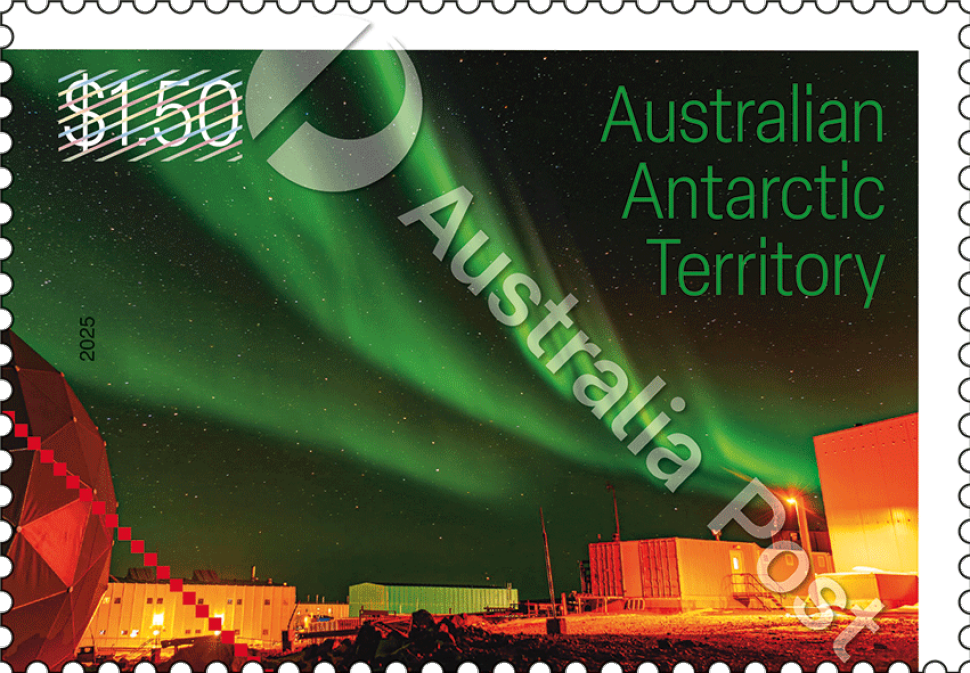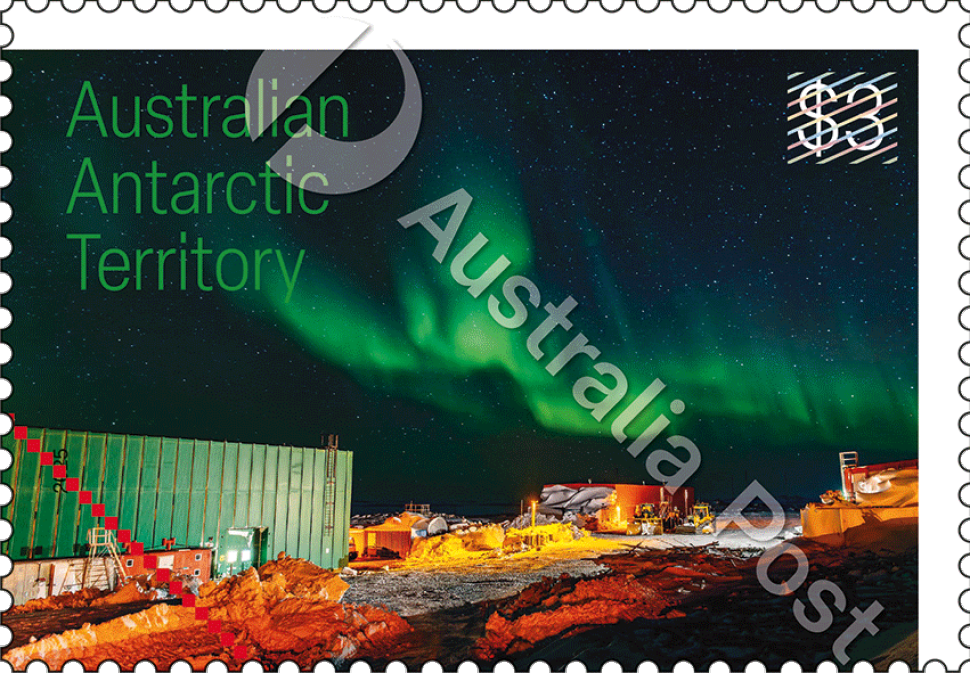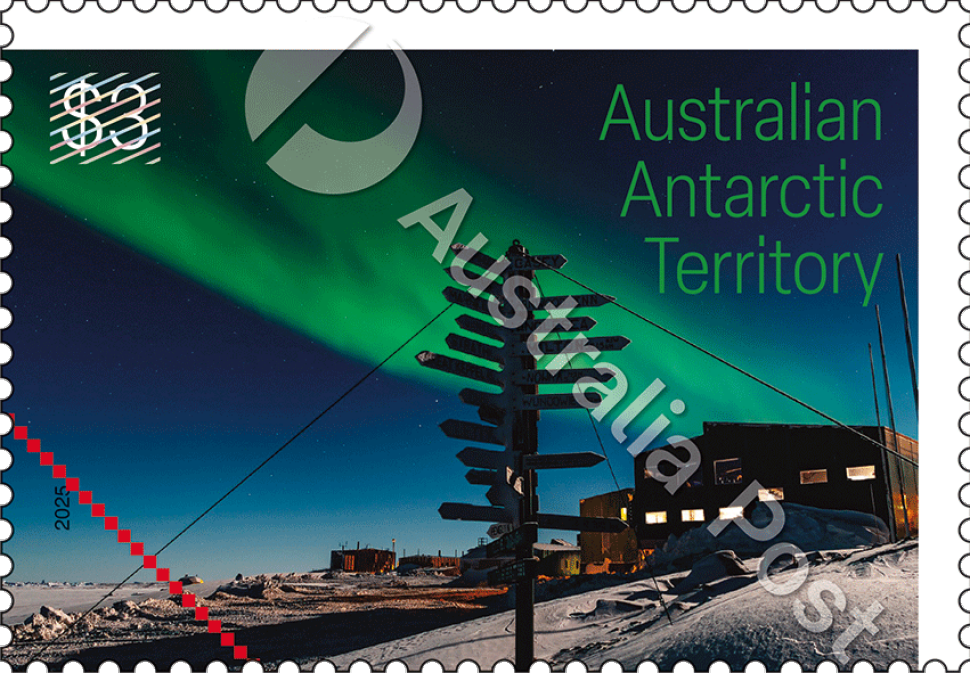Overview
This issue features images of the aurora australis, an extraordinary atmospheric phenomenon also called the southern lights. Shimmering curtains of green, red and violet lights manifest in the night sky around the south magnetic pole. These dynamic lights can also appear as rays, spiral or flickers covering the entire sky. In the north pole they are called the aurora borealis or northern lights.
The lights occur between 90 and 250 kilometres above ground and are the result of oxygen atoms and nitrogen molecules interacting with a stream of charged particles emitted by the Sun. This “solar wind” blasts out from the Sun at great speed. Some are trapped within Earth’s magnetic field and are accelerated towards the magnetic poles. When these particles collide with gases in the earth’s atmosphere, the energy from the collision can be released as light. Depending on the altitude, the gas (oxygen or nitrogen) and the energy of the collision, the light is either green, red or violet.
In Australia, the aurora australis is best viewed in the Australian Antarctic Territory and Tasmania and can sometimes be seen in the southern states of the mainland. The images on the stamps were taken from Casey Research Station in 2017 by meteorologist Barend (Barry) Becker using time-lapse photography.
The minisheet photograph was taken at Casey Research Station on 30/05/2022 at dawn, 7.48 am, with a Nikon Z7ii, 20mm, f/1.8 lens, ISO 320, exp. 10s. AA016 DSC_3509-Enhanced-NR.
Technical specifications
- Issue date
- 22 April 2025
- Issue withdrawal date
- 1 November 2025
- Denomination
- 2 x $1.50, 2 x $3.00
- Stamp & product design
- Jo Muré, Australia Post Design Studio
- Paper: gummed
- Tullis Russell 104gsm Red Phosphor/Blue PVA Stamp Paper
- Printer
- Southern Impact
- Printing process
- Offset lithography
- Stamp size (mm)
- 26 x 37.5
- Minisheet size (mm)
- 170 x 80
- Perforations
- 14.6 x 13.8
- Sheet layout
- Module of 50
- FDI postmark
- Kingston TAS 7050
- FDI withdrawal date
- 20 May 2025





